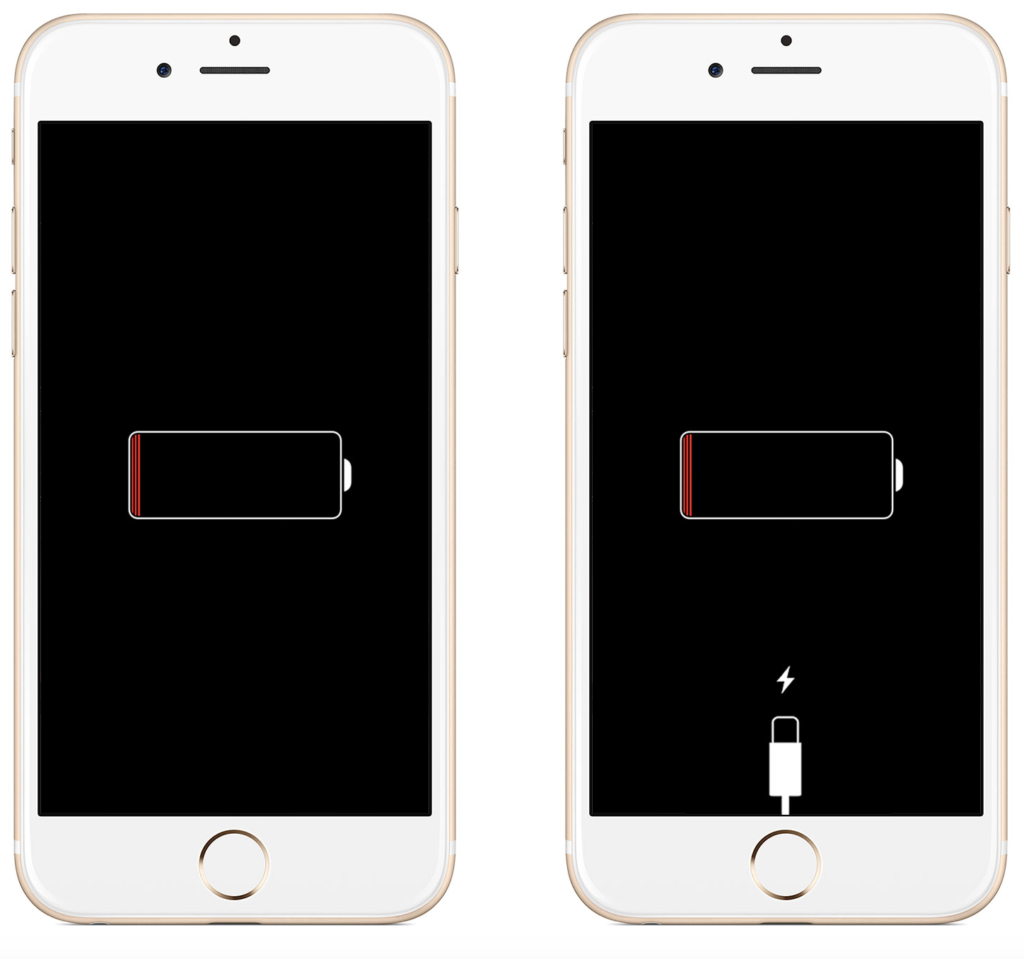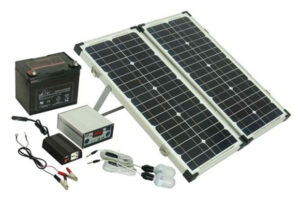As iPhones become more and more a part of our daily lives, we rely on them for a variety of tasks, from texting and calling to streaming music and browsing the internet. But all this usage can take a toll on our iPhone’s battery, and over time, it may start to lose its ability to hold a charge. If you find yourself constantly reaching for your charger or dealing with unexpected shutdowns, it may be time to consider the iPhone and macbook battery replacement. Here’s a step-by-step way to replace an iPhone battery and how to do just that.
Step-by-Step Guide to Replace Your iPhone Battery
Now that you have all the necessary tools, it’s time to replace your iPhone’s battery. Here are the steps to follow:
1: Check Your Warranty
Before attempting to replace your iPhone’s battery, it’s important to check your warranty status. If your device is still covered under warranty, it’s best to take it to an authorized service provider to avoid voiding your warranty. If your warranty has expired or doesn’t cover battery replacements, you can move on to the next step.
2: Purchase a Replacement Battery
You can purchase a replacement battery from a variety of sources, including Apple, third-party retailers, and online marketplaces. Be sure to choose a reputable source and make sure the battery is compatible with your specific iPhone model.
3: Power Down Your iPhone
Before beginning the replacement process, make sure your iPhone is powered off. This will prevent any accidental damage to your device during the replacement process. Turn off your iPhone before you start the battery replacement process. Remove the old battery using your screwdriver, remove the two screws that hold the battery connector in place. Once you’ve removed the screws, carefully lift the battery connector and detach it from the logic board. Next, use the plastic spudger to gently pry the battery loose from the adhesive holding it in place. Reconnect the battery connector and carefully reconnect the battery connector to the logic board and secure it in place with the screws you removed earlier.
4: Remove the Old Battery
Using a small screwdriver, carefully remove the screws holding the bottom cover of your iPhone in place. Once the cover is removed, use a plastic opening tool to gently pry the battery connector from its socket on the logic board. Be careful not to damage any of the other components while doing so.
Once the connector is detached, use the plastic opening tool to lift the adhesive tab securing the battery to the iPhone. Carefully lift the battery out of the device, making sure not to puncture or damage it.
Now that the adhesive strips are detached from the iPhone, carefully remove the battery by pulling the plastic tab or gently prying it out with a plastic tool. Be careful not to damage any of the other components while doing this.
Once the old battery has been removed, carefully insert the new battery in its place. Be sure to align the battery connector properly with the connector on the iPhone’s logic board. Gently press the battery into place, making sure it is secure.
5: Install the New Battery
Insert the new battery into the iPhone and carefully press it down until it’s secure. Use the adhesive tabs to secure the battery in place.
Next, reattach the battery connector to the logic board and carefully snap the bottom cover back into place. Replace the screws and tighten them securely.
With the new battery installed, it’s time to put everything back together. Start by reattaching any cables or connectors that were disconnected in Step 1. Once all the cables are securely in place, reattach the display assembly to the rest of the iPhone. Carefully line up the edges and press the display assembly down until it clicks into place.
Finally, replace the two screws at the bottom of the iPhone and power it on. If everything done correctly, your iPhone should power on normally and the battery percentage should reflect the new battery’s charge level.
Insert the new battery and take your new battery and insert it into the iPhone’s battery slot. Make sure it seated firmly in place.
6: Power On Your iPhone
Once the battery is securely in place, power on your iPhone and make sure it’s functioning properly. You should notice an improvement in battery life and overall performance.
Replacing your iPhone’s battery can seem like a daunting task, but with the right tools and careful attention to detail, it’s a relatively simple process. By following these steps, you can get back to using your iPhone to its full potential without worrying about a dead battery slowing you down.
7. Test your iPhone
Turn on your iPhone and make sure everything is working correctly. Check to see if your iPhone is charging, and if the battery percentage is increasing.
8. Calibrate your battery
After you have installed the new battery, it’s important to calibrate it. This will help ensure that the battery is accurately reporting its charge level. To calibrate your battery, use your iPhone until it completely runs out of battery, then charge it back up to 100%. Repeat this process a few times.
9. Dispose of the Old Battery
Now that you have successfully replaced your iPhone’s battery, you need to dispose of the old one properly. Do not throw the old battery in the trash, as it can be a fire hazard. Instead, take it to an electronics recycling center or contact Apple to find out how to properly dispose of it.
Final Thoughts
Replacing your iPhone’s battery is a cost-effective way to extend the life of your device and keep it running smoothly. By following above simple steps, you can replace the iPhone battery with ease and get back to using your phone at full power. Remember to take your time, use the right tools, and always put safety first. If you are beginner, it suggested to take help from professional for iPhone and macbook battery replacement or Visit EsourceParts to fix or repair your phone. They offer repair, replacements & accesories.




